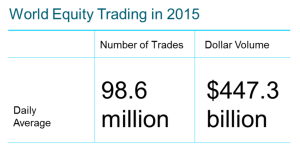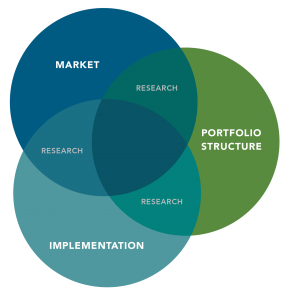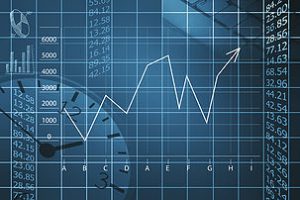Financial Insights for the Self-Employed

Recently, a Park + Elm client asked for some advice on handling his finances now that he is a new business owner. Small business owners are in a unique financial position, so we created a 5 step process to follow during your ownership years. Many self-employed investors won’t have the same range of assets that a life-long employee would have at retirement, so planning for your eventual exit from the business is also crucial.
Think about allotting a percentage of your monthly income to three purposes: taxes, retirement and emergency savings. When you have excess cash you’ll contribute more to your most important financial goals, and less during lower income years. Regardless of what you make in a given month, 10 percent always can be set aside for your emergency savings fund.
Self-employed people are required to make estimated taxpayments on a quarterly basis. To avoid interest and penalties, we recommend stashing away 35 percent to 40 percent of everything you make for taxes. Business deductions likely will cause the tax bill to be lower than that, but it’s better to be safe than sorry. Taxes are hardly ever that high, so you’d likely have enough to pay the taxes and a little bit left over as a bonus.
Easily track your P&L to help determine your tax liabilities
Predicting your income from month to month is difficult, but your living expenses are mostly predictable. Figure out how much you must spend on housing, utilities, food and other expenses to determine how much you’ll be allotted to spend each month. Consider transferring this amount each month from your business checking to a personal checking account. If you’re not reaching this number consistently, you’re not making enough money. If you make more than that amount in a given month, don’t increase your spending.
Some months, you’ll invariably do better than others. When you have a month in which you double or even triple your typical income, take out your percentages of taxes, retirement and emergency funds, give yourself your salary, and put the rest in what’s called a flexibility account.As funds in the flexibility account build up, you’ll have a cushion from which to draw your monthly salary. So if you pay yourself $3,000 per month to take care of your basic expenses, and you have $12,000 in your flexibility account, you know you have money to support yourself for the next four months, even if your business doesn’t bring in another cent.
Solution: CapitalOne.com
Free online savings/checking accounts
Who it’s for: Entrepreneurs with no employees — especially business owners with substantial self-employment income — and who crave flexibility. You can also have a SEP if your business has employees, but you’ll then be required to contribute money for them, too.
– Maximum amount you can put in: 25 % of self-employment compensation, up to $53,000 for 2016.
– Deadline to open: Here’s a big plus for SEPs: You can open and fund them until your tax-filing deadline, which means you have until April 15, 2017 for a 2016 SEP to contribute up to $53,000— or even through October, if you’ll file for an extension.
– Rules for loans and withdrawals: Loans are not allowed. You can withdraw money from the plan anytime, but may owe a 10 percent penalty if you do so before age 59 ½.
Call us at 855.PARK.ELM or visit www.park-elm.com.




 Stay tuned-in to our blog for our Ten Part Series highlighting TEN decisions that can help investors target long-term wealth in capital markets. We’ll cover topics from market pricing, efficient markets and diversification; to investing with your emotions, and the Media challenging your discipline. Check back tomorrow for the first of the series: EMBRACE MARKET PRICING
Stay tuned-in to our blog for our Ten Part Series highlighting TEN decisions that can help investors target long-term wealth in capital markets. We’ll cover topics from market pricing, efficient markets and diversification; to investing with your emotions, and the Media challenging your discipline. Check back tomorrow for the first of the series: EMBRACE MARKET PRICING extensive market report…the
extensive market report…the